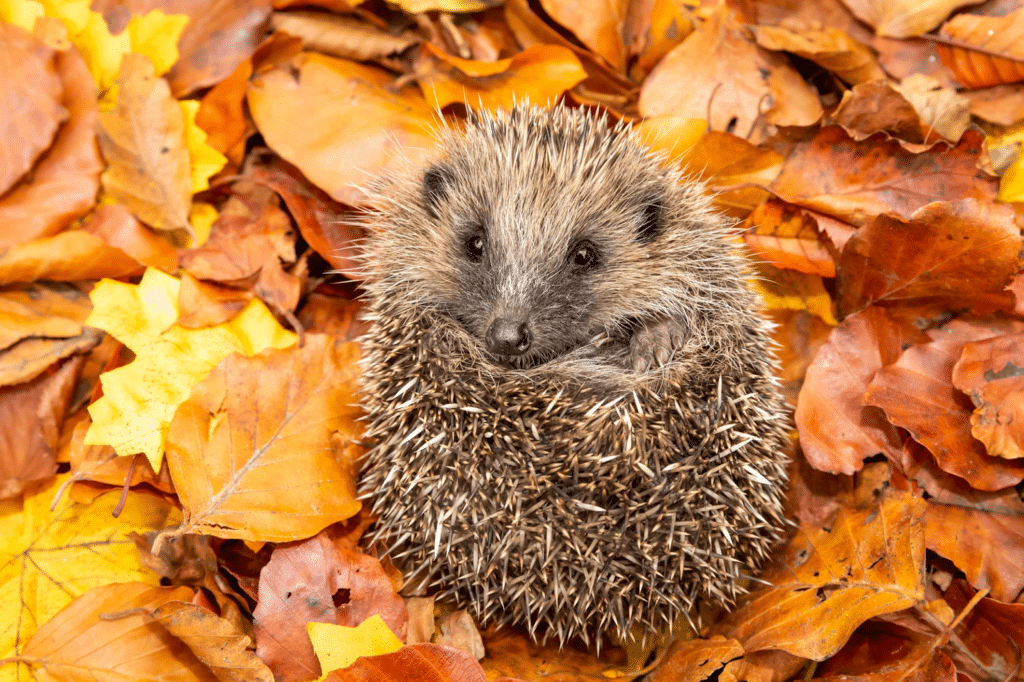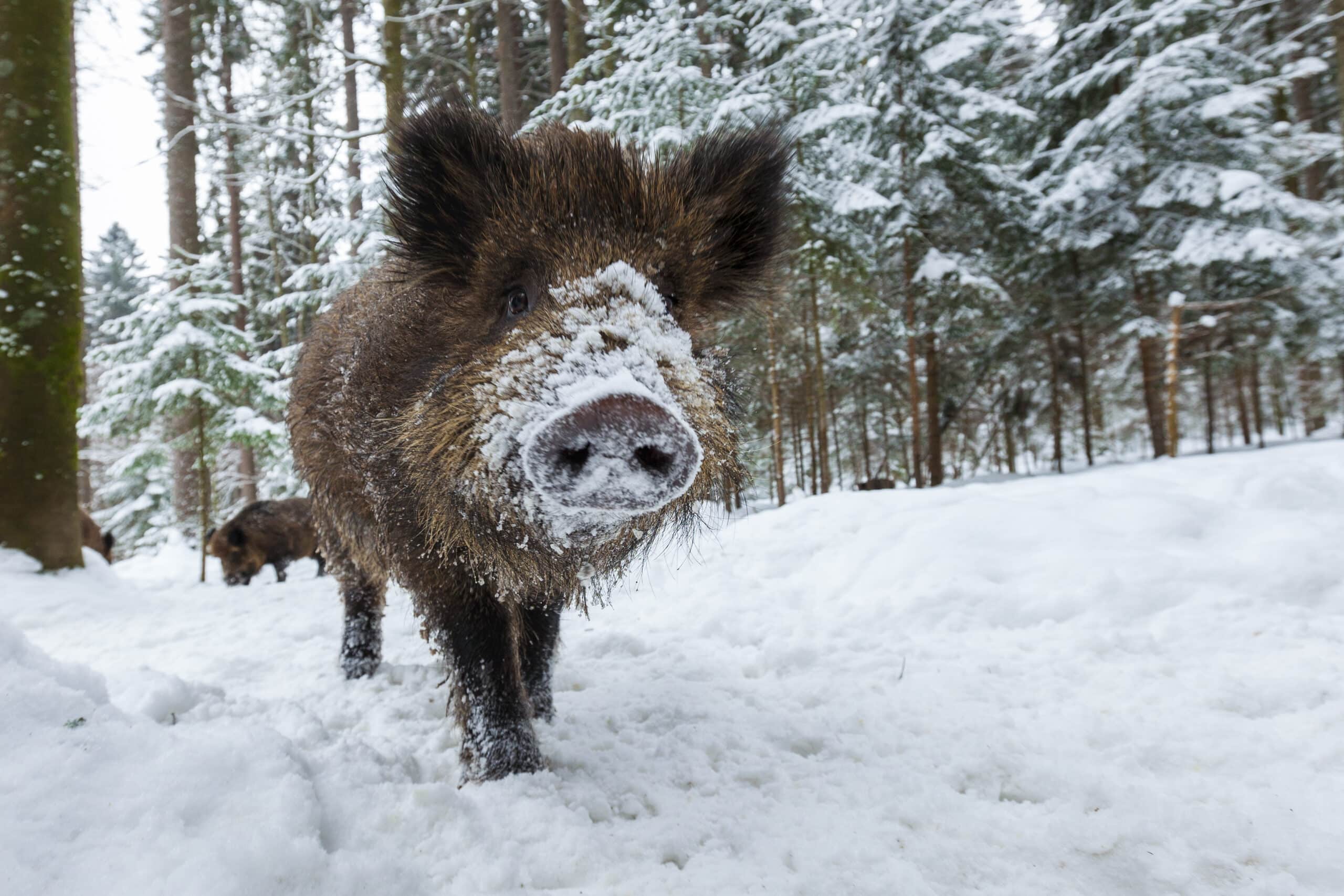Contrary to what some people think, animal hibernation isn’t just a long sleep or a period of inactivity. Hibernation is a process during which animals cool their bodies by up to 50°F. Some animals even go below-freezing temperatures. During hibernation, an animal’s bodily functions slow down by about 98%, and the reason is usually water and food scarcity, especially in winter. Here are five animals that hibernate to survive winter months.
Common Poorwill
While it’s not new for birds to hibernate, this bird stands out as the first documented hibernating bird. The common poorwill’s hibernation is due to harsh temperatures and reduced food supply.
This bird can be in hibernating mode for several months, unlike other birds that migrate or enter brief states of inactivity. During hibernation, the bird’s heart rate, temperature, and breathing rate reduce significantly to save energy.
Snakes
Being cold-blooded animals, snakes’ hibernation is referred to as brumation. Snakes feel the need to brumate when daylight hours become shorter- it is a signal to them that winter is approaching.
However, the length of inactivity depends on the snake’s location; a snake in a colder location may brumate longer than another snake under different environmental factors. Snakes often experience periods of activity when they leave their resting spot to hydrate.
Hedgehogs
Hedgehogs don’t just go into hibernation mode; they often engage in some kind of preparation earlier. They usually look for big piles of leaves or old sheds to use as nests before they hibernate.
During hibernation, they may awaken every three to four days or as infrequently as once every month. In these short periods of awakening, they may move to a new nest if need be.
Bats
Like many other hibernating animals, bats also hibernate to save energy when the temperatures get cold. A bat’s hibernation can last for anything between a few hours and a whole month.
In hibernation mode, a bat’s heartbeat can drop from about 300 beats per minute to as few as 10 to 20 beats per minute. To warm themselves passively, bats often use energy from the sun during hibernation.
Snails
Snails become inactive due to extreme weather conditions; they go into estivation when the weather is hot and hibernate when the weather is cold. With their already-made houses, they don’t have to look for hibernation spots.
During hibernation, snails cover their shells with mucus to protect themselves. The length of hibernation depends on the snail species. Interestingly, not all snails hibernate; some don’t have the hibernation feature.







